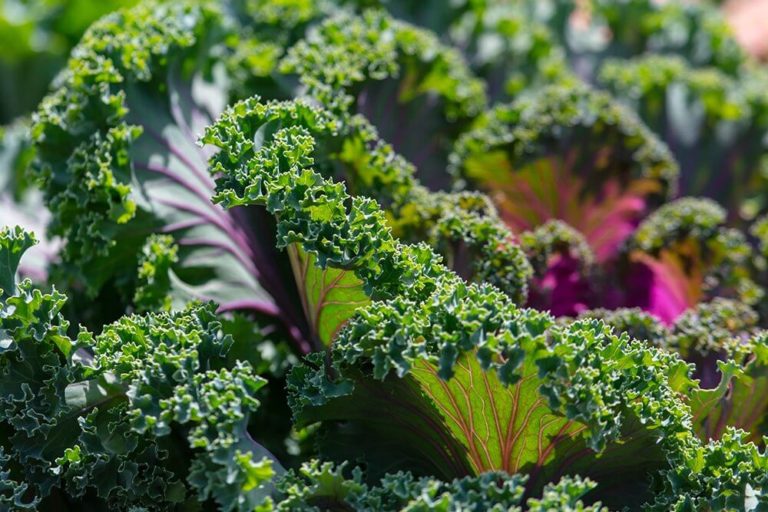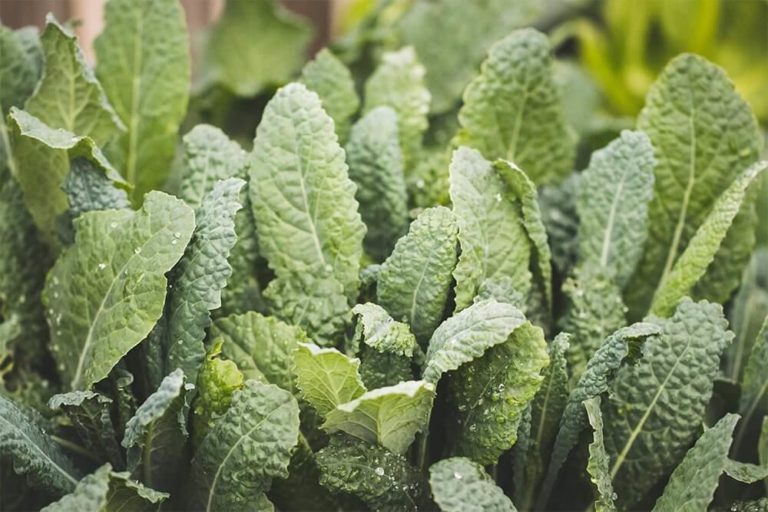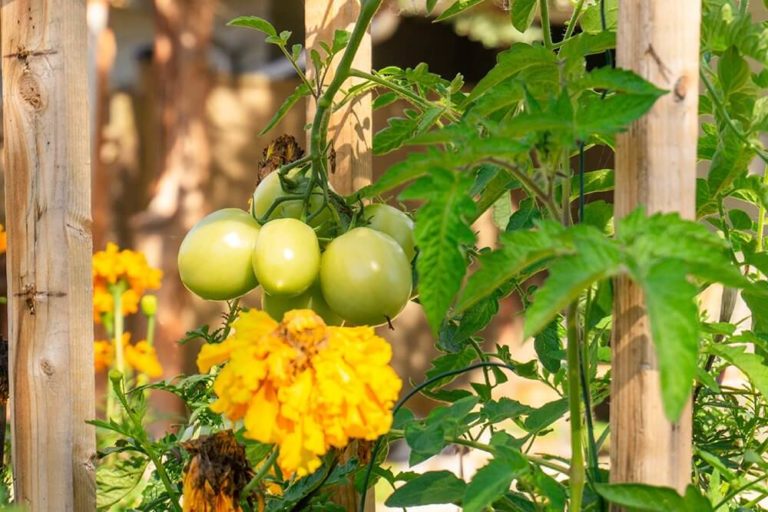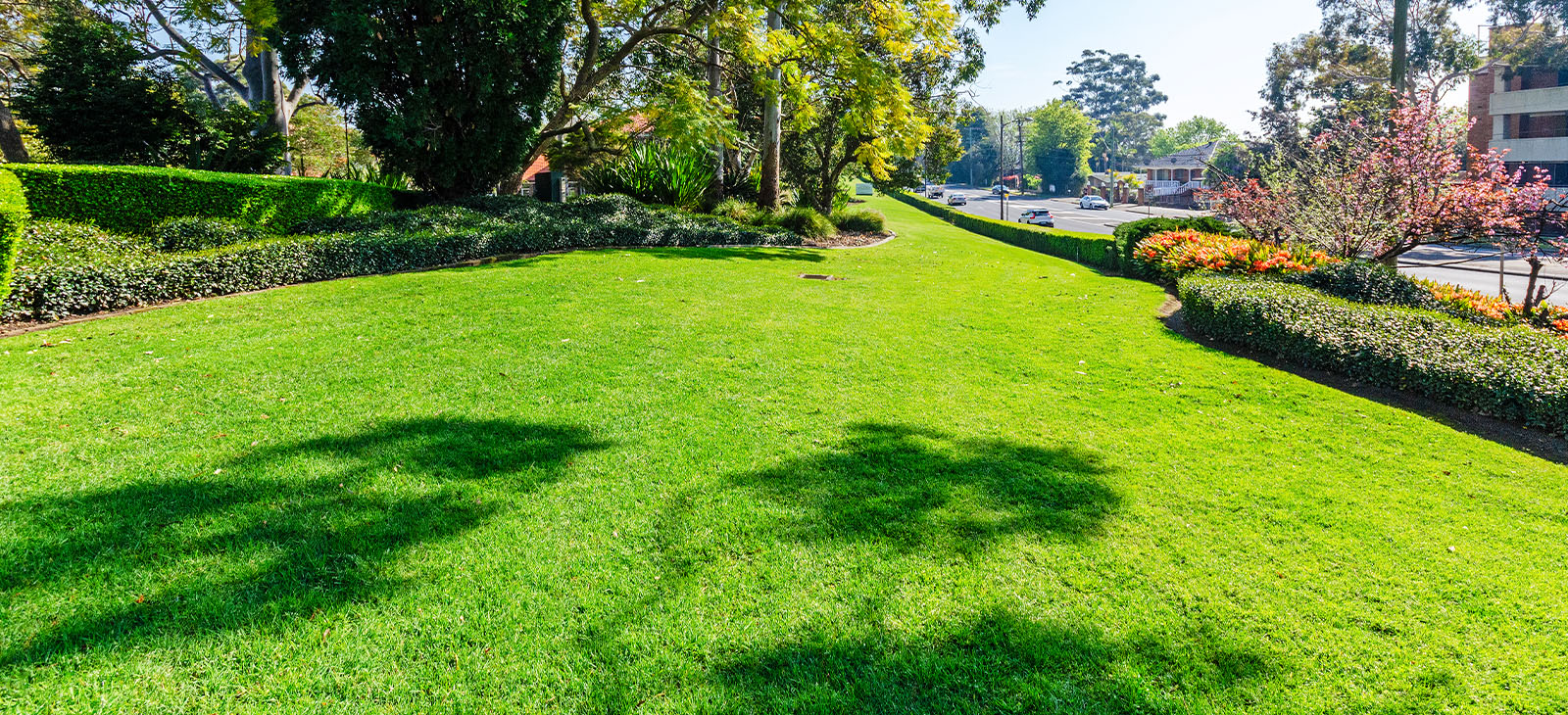We hope you found part one of our grow your own vegetable garden series helpful! If you haven’t yet read it, we suggest you first head here. Team members Emelia and Mike are back with more recommendations on how to set up your space for success. The fun part – choosing your crops!
Read on for part two of our three part series.
CHOOSING CROPS FOR YOUR VEGETABLE GARDEN
Emelia:
“Now the fun begins, its time to choose the seeds/seedlings for your vegetable garden. Make sure you pick plants that you know you are going to eat! There is no point in putting your time and effort into a crop that you are going to throw into the green bin.
The most important thing to remember here is the rule of thumb, Leafy ’Nitrogen’, Rooty ‘Phosphorus’, Fruity ’Potassium’. It is essential for the health of your soil and your crop to rotate your planting season by season. For instance, lettuce will deplete the soil of Nitrogen so following a crop of lettuce sow in beans. Beans have Nitrogen-fixing nodules on their roots, and will replenish the nitrogen within the soil.
You can choose to sow either seeds or seedlings you purchase from your local nursery. When planting it is best to plant/sow in succession, to ensure you have a continuous harvest of the crop you love. Pick your crops as they ripen. Some crops like pumpkins can be stored for months in a cool, dark, damp-free space.“
TIME TO PURCHASE – WHAT TO LOOK FOR
Mike:
“Consider your local area and climate – this goes for anything you are planting. To give yourself a great start, always initially go for species that are either endemic to your local area or at least have been successful in neighbouring gardens you may have seen close to your property.
Some choices may also require staking to support the plants, such as tomatoes. These are a great choice for beginners as they grow extremely rapidly and produce fruit in a short amount of time. Some great other options for beginners are lettuces, silverbeet, turnips, carrots, spring onions and small herb varieties.”
It’s important to take home healthy plants. Always check nursery stock well to ensure you are selecting the lushest and healthiest specimens for your garden. I suggest shopping around a few local outlets to see who has the best-looking plant stock. It is quite common for different nurseries to have stock that is very different in size, health, price etc. It might take you longer but it’s well worth it to avoid any plants that have signs of pest damage, evidence of fungal conditions or plants that appear pot bound.
If you are a novice gardener don’t be afraid to speak to the team at your chosen nursery – they are very knowledgeable!”
COMPANION PLANTING
Emelia:
“Companion planting is fantastic to do when working with edibles. Planting flower annuals is a great way to bring in all the beneficial pollinators into the garden. I like to sow sacrificial annuals around my tender lettuce – that way bugs munch on the annuals and don’t eat my salad!”
Stay tuned for part three of our grow your own series.






